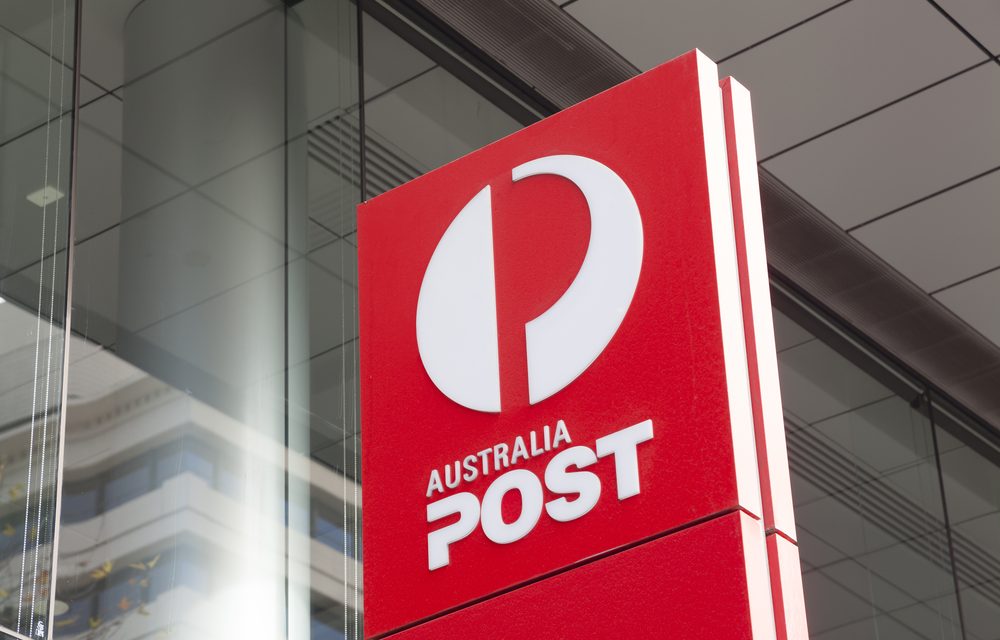
Australia Post: The headwinds facing our business have never been stronger

Australia Post has announced the Group’s first half financial results and detailed its updated support team operating model. In the first half of the 2023 financial year (1H23), Group revenue was $4.69 billion, down 2.4 per cent from 1H22, largely driven by an ongoing decline in letter volumes.
Australia Post has, for a number of years, been flagging significant structural headwinds. During COVID-19, the Parcels business experienced a temporary surge, which masked the underlying challenges the business has been facing. With lockdowns ending and eCommerce volumes moderating, the challenges of the business are now more visible. Group profit before tax of $23.6 million was considerably lower than the prior corresponding period, largely the result of a record first-half letters loss of $189.7 million, compared to $69.9 million in 1H22.
Operational costs during the half increased 1.2 per cent from the same period last year to $4.64 billion, due in part to severe weather events, rail network disruptions and a 6.1 per cent wage increase granted to EBA team members, effective this half.
While operational costs remained elevated throughout the half, Australia Post invested $208.2 million in new facilities, fleet and technologies to better deliver for customers. This included the new Perth Parcel Facility (Boorna Wangkiny Mia), which was officially opened in December 2022 as well as investing in an additional 65,000 ULDs for Peak preparedness to help our customers during their busiest time. Furthermore, $288.8 million was paid to the Licenced Post Office Network, helping to support these local small businesses.
Letters
Letters revenue continued to decline, falling 5.7 per cent compared to 1H22, despite the benefit of a number of one-off mail outs, including state election materials, cyber-attack and interest rate notifications. In 1H23, the Letters business made a loss of $189.7 million. Letters revenue now makes up just 18.8 per cent of total Australia Post revenue, down from 19.5 per cent in 1H22.
On 3 January 2023, Australia Post increased the Basic Postage Rate (BPR) from $1.10 to $1.20. This change did not affect the concessional or seasonal greeting cards rate and is the first increase to the BPR since 2020. It is anticipated that this increase will only partially offset the substantial letters losses.
Parcels and Services
Parcels and Services revenue during the half was $3.80 billion, a 1.6 per cent decrease from the first half last year. This was a solid result, achieved in a highly competitive market, especially when compared to the prior period, which was boosted by increased eCommerce activity due to COVID-19 lockdowns.
Cost increases, driven by wages growth, severe weather events and labour shortages also impacted the profitability of the business. Australia Post absorbed the majority of costs associated with force majeure events.
Australia Post’s road express and B2B premium service, StarTrack, has continued to increase revenue and successfully managed higher costs to deliver a strong result.
Seeking new efficiencies
Australia Post remains focused on driving business and operational efficiencies, with $121.1 million realised in 1H23.
With ongoing letters losses, and parcels growth moderating, a new operating model for Australia Post’s corporate support office is being introduced to simplify and streamline the business. This will, in part, help Australia Post respond to the financial pressures it is facing. The new operating model aligns with the recently launched Post26 strategy to ensure Australia Post remains customers’ preferred choice for eCommerce, digital, mail and retail services.
Group Chief Executive Officer and Managing Director Paul Graham said that growing headwinds were impacting the performance of the business.
“For more than a decade, Australia Post has been flagging concerns about the long-term viability of the business as it currently operates. During the COVID-19 lockdowns we benefitted from a considerable boost to our parcels business, which has now abated and revealed the unsustainable nature of the status quo. Our Post26 strategy is our plan to help address these issues.
“Every year it’s costing Australia Post more to deliver fewer letters. We know letters are in an unstoppable decline, thanks largely to digital communications, yet letter costs are rising due to the increasing number of delivery points we service every day. This all contributes to increased losses and is a global issue facing all postal services. We expect annual volumes will decline further, with Australian households receiving less than one letter per week by the end of the decade.
“Our team members across Australia are committed to providing essential services nationally, particularly during our busy peak period, which was also affected by severe weather events and disruptions to infrastructure that had significant cost impacts for the business.
“Despite the challenging conditions, we were able to deliver a record number of parcels over the cyber sales and Christmas period. This aligns with the current retail trend of consumers holding off and choosing to buy during sales periods. While Australians continue to buy online, following the end of the COVID-19 lockdowns, we are seeing parcels growth moderate.
“I’m proud of the way the team remains focused on our customers and their communities. The customer satisfaction results measured by NPS shows an uplift across the year in both consumer and business satisfaction and reinforces Australia Post as one of Australia’s most trusted brands. I want to thank all our team members for their commitment and their focus on team safety, and their resilience in the face of disruptions,” Mr Graham said.
Outlook
Mr Graham said Australia Post was facing significant challenges that need to be addressed to ensure the business can meet its obligations to customers and communities in a way that is financially sustainable in both the immediate and longer term.
“We are at a crossroads and the headwinds facing our business have never been stronger. Our Letters business continues to decline, as volumes fall and costs increase. Changing customer behaviours are also impacting our retail network, with continuing digitisation resulting in declining retail transactions at Post Offices. As flagged in our 2022 financial results, Australia Post will report a full year loss this year for the first time since 2015.
“Our Post26 strategy will help position Australia Post to be financially, socially and environmentally sustainable and enable the business to make a positive contribution to Australian communities, now and in the future. We are focusing on streamlining our product portfolio making us easier to do business with and continuing to be a leader in sustainability. However, further changes to the way we operate are necessary,” Mr Graham concluded.











